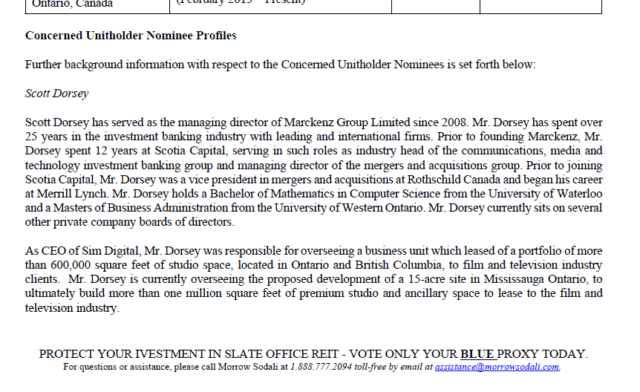The whole financial sector of the country knows that the Bank of Canada dropped interest rates by a quarter point a few days ago (from 5.00 to 4.75%). Those holding floating rate debt will see a little bit of alleviation of expenses, and those holding CASH.TO and the like are seeing their risk-free rate drop – nudging the capital further right along the risk spectrum.
However, the overall picture of the inverted yield curve has not changed –
It is still deeply inverted, with a 125bps spread between short and long term yields.
The transmission rate of dropping interest rates (or raising them) and the impact on the real economy is a very slow process – the literature cites around 12-18 months before the full impact of rate hikes and drops come into play. Entities look at their cost of capital and decide to invest or not in projects (e.g. residential strata condominiums or chemical factories) that have a five year development cycles and when the decision is made, the economic impact occurs well into the future. It is not like you can order one of these on Amazon and get it shipped in a day!
You can infer this by looking at employment statistics. Why is construction labour down about 34,700 jobs year-to-year? Major capital projects are running off the ledger (e.g. TMX is finished, Coastal Gaslink is nearly done, etc.) and the decisions to do residential construction occurring in cities were made in 2021 when rates were at rock-bottom and these projects are just completing now. The only sort of capital projects are are hitting the “buy” button are government works – except these are all running into massive cost overruns (e.g. using some BC examples, the Site C dam, the Metro Vancouver sewer plant, any hospital project, the Broadway Skytrain project, etc, etc.). Only government projects are allowed to have any amount of money thrown at them for completion – and this of course attracts contractors like a moth next to the flame. When your competition is able to spend infinite amounts of money, what makes you as a private developer, able to compete for those services? No chance at all – hence cost inflation. With your cost of capital is still relatively high, there’s no avenue for profit.
Finally, I will observe that the progression of quantitative tightening, albeit very slow, is still progressing – the following chart is the “Members of Payments Canada” line item on the liabilities ledger of the Bank of Canada:
The last slab of QT took the “Members of Payments Canada” line item (which is a measure of reserves the financial institutions have with the Bank of Canada) below $100 billion for the first time since the Covid-19 pandemic. As the current $248 billion stack of government bonds, mortgage bonds and provincial bonds get bled off of the Bank of Canada balance sheet, there will be a corresponding drop in bank reserves held at the Bank of Canada. This is not a fast process – $15 billion is scheduled to mature in the remainder of 2024, while $32 billion is slated for maturity in all of 2025. While QT is still ongoing, it is at a glacial pace – hence, “a little bit of QT”.
My reading of the tea leaves makes me suspect that the Canadian currency is going to get pushed down further in relation to the US dollar. Canadian exporters should benefit from the upcoming shift. I also do not view this as beneficial for the domestic economy. There is not a lot of safety out there and cash continues to earn a very good risk-free rate while patiently waiting for the capital values of various entities out there to implode in some sort of panic (the last one being 4 years ago with Covid, although I am not anticipating anything with that magnitude happening again in my lifetime).
The only question that remains is whether we will see a bounceback in inflation. Given the million+ increase in demand for housing in urban areas without a corresponding increase in supply, I do suspect that the most heavily weighted component of the CPI will continue to exhibit an increase. A lower Canadian dollar will also result in costlier imports. Finally, labour inputs are also increasing – wage growth provisions in contracts are rising and here in BC, minimum wage is now $17.40/hour – and correspondingly, your “extra value meal” at a fast food joint is now at least $10, and that’s with a coupon! The wage-cost spiral is a very difficult one to break without a deep recession.
It is difficult to passively wait, but I don’t see the risk/reward for moving up the risk spectrum that good right now. Even the oil and gas sector in Canada with current commodity prices are trading at valuations that are “blah” rather than being a great value.
Any sectors out there getting your attention?




